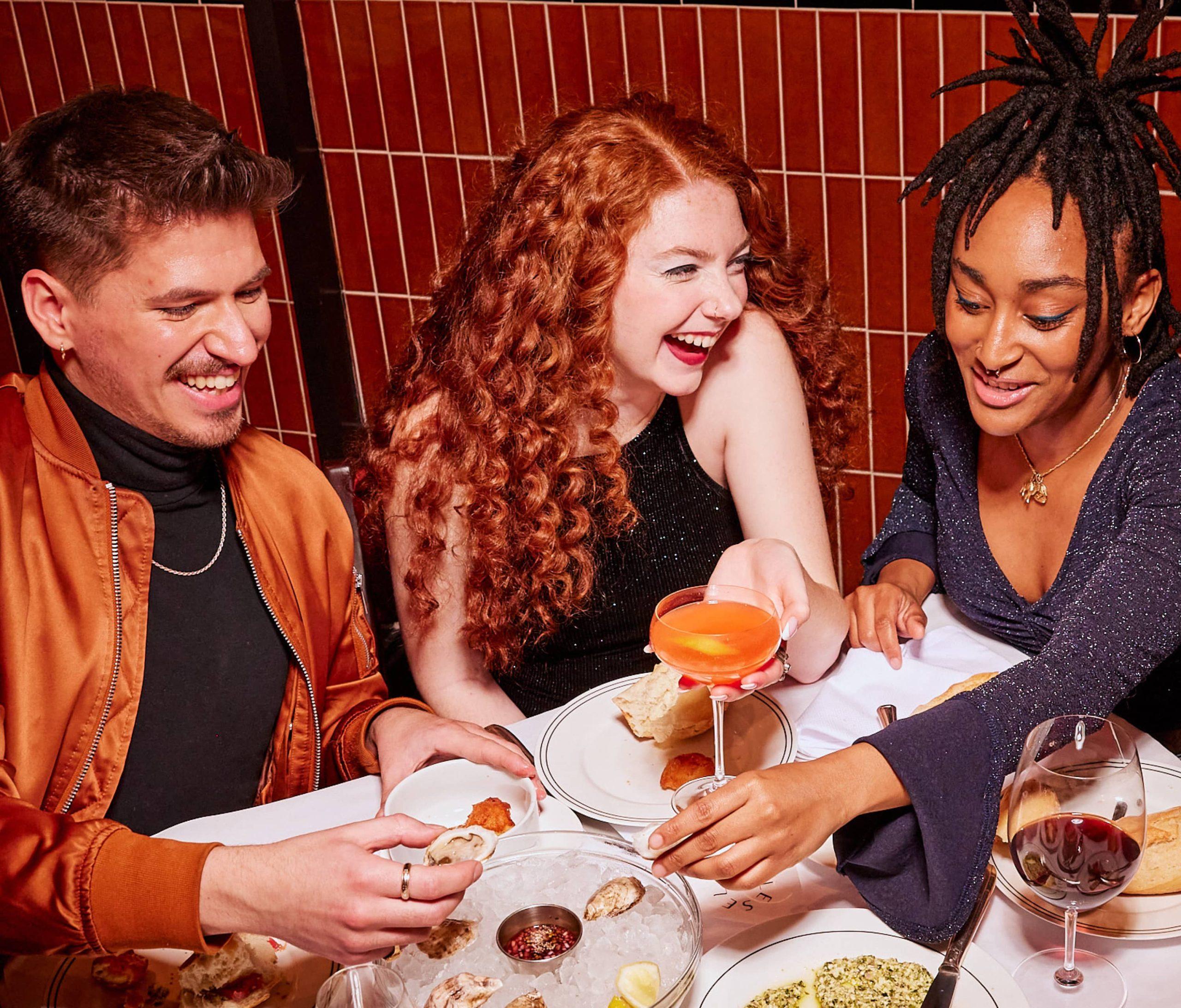Contrary to how things were not that long ago, dining out on an accessible, high quality supper can be cheap. But offering a good value menu can be expensive – without staff trained to know what they’re doing, an optimised floor plan, and a bit of extra customer-facing nous, one might find it is more the fault of the business, rather than the customer, when tables aren’t turning (and the cash isn’t lining the till) fast enough.
The important thing is to control the dining room, without the guest being aware of it. Here are a few tips on how.
Crank up the tempo
Might sound ridiculous at first, but putting on faster paced music has a significant effect on eating and loitering time. Without wanting to cause anyone indigestion, of course. Not only this, studies have shown that music high in tempo also influences guests to spend more during their visit. Conversely, during off-peak times, consider lowering the tempo (Barry White, anyone?) to encourage guests to relax and take their time.
Streamline service
A chef consultant in the industry once told me that Claridge’s employ choreographers to help staff get food out efficiently, smoothly, and elegantly. For restaurants not the ilk of Claridge’s, this takes things a little too far, but you get the point: when service has a good rhythm (even if it’s simply making sure servers attend to guests’ tables as soon as they’re seated, coming back shortly with water to take their drinks order), the time between first contact to paying the bill comes off as natural, fluid, and not rushed. However speedy it happens to be.
Take the ‘pay’n out of payment
While point of sale systems give customers the option to pay as soon as their bill arrives, or when they’re ready to leave, other, quicker, strategies provide increasingly acceptable ways to settle the score. Take ‘dropping the cheque’ for example – a reasonable move at ultra-casual joints. Or, depending on your demographic’s tech-savviness, how about going paperless and utilising pay-at-the-table apps such as Velocity, Zapper, and Cake, which reduce billing times from an average of ten minutes to a few seconds. After all, guests are often in a rush too, especially during lunch hours.
Abridge the menu
Let’s face it, no one’s going to understand your menu as well as you do. No matter how well you train your staff to explain it. Even the seemingly simple things, like asking how thick you like your chips cut, guests get overwhelmed by. Let alone which toppings and what softness of noodle they want for their ramen. The fact guests want an abundance of choice has always been a myth – the less guests have to read, the quicker and the more hassle-free they can decide.
(Kindly) lay down the law with loiterers
Generally, restaurants allow diners to have one to two hours at their table. Which in most cases, and ignoring lengthy tasting menus, is more than enough. But now and then, there’ll be a table who forget this benign little request. Such situations call for utmost delicacy, and confidence in your staff – consider politely saying that the table is needed, before softening the blow by offering a free drink at the bar.




